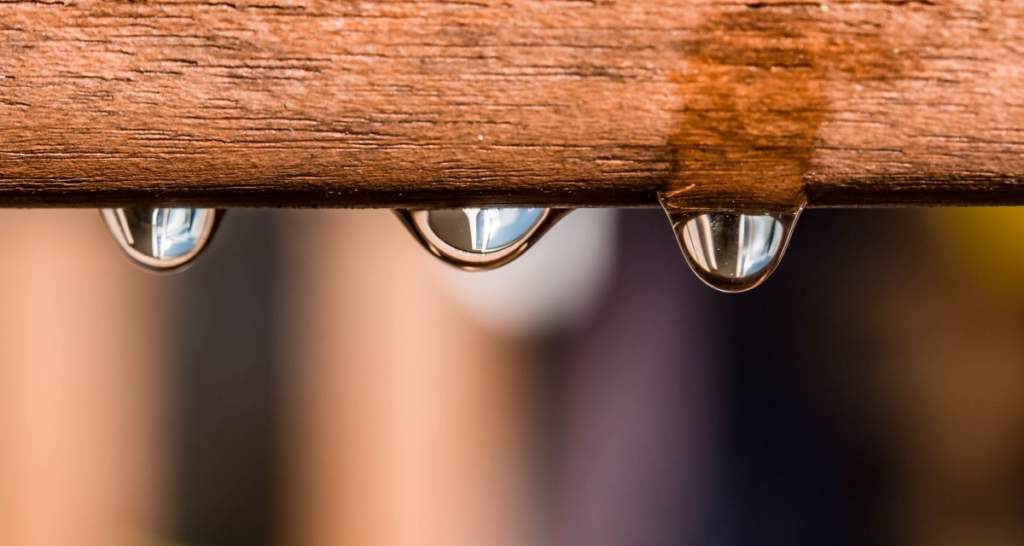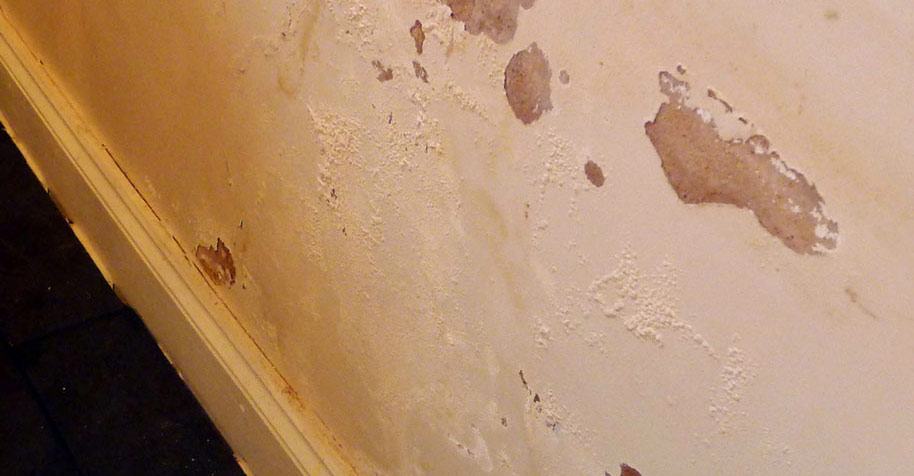When it comes to water, if it wants to get into your property, it will have a good go at it. Even the smallest crack or hole in your wall or joint will soon be a prime target. If it’s not dealt with, it’s possible that it won’t be long before penetrating damp takes hold – which can quickly cause a real problem for your property – both in the repair work and financially.
Penetrating damp happens when water manages to seep through the walls. You can see this happen in several ways. You might find wet and crumbly plaster or signs of damp – such as growing circles on your walls or ceilings. There could be blotchy patches of damp appearing on your walls. Or you could find signs of mildew or spores or even drips or puddles. It could be that it takes weeks, or even months for these signs to appear.

You might find penetrating damp at any level of your building, however, it’s more likely to happen at higher parts of your property and south-facing walls. Regular culprits for penetrating damp include a badly linked flat roof, leaking pipes, gutters that are overflowing, badly fitting windows or roof tiles that are missing. Plus, it could be that your pointing is damaged or you’ve got problems with rendering. All of these are possible entry points for water to get in and cause an issue. And certainly, if you have air bricks at your property, if they don’t have sufficient breathing space, moisture can become trapped; causing damp to become a problem here too.
The symptoms of penetrating damp can be quite similar to those of rising damp. The difference tends to be to do with structural factors in addition to weather-related issues. It tends to be found in patterns as opposed to the tideline that often occurs with rising damp. If there’s been a lot of driving rain recently, you may find damp patches that appear. Exposed timber and masonry are also areas that can be soon be affected by water seeping into them. Another way of differentiating between penetrating damp and rising damp is that you’ll find that penetrating damp appears on the higher floors of your property where rising damp doesn’t reach.

So if you’ve identified penetrating damp as a problem in your home or property, it’s vital to track down the original source. Where is the moisture getting in? Have a look throughout your brickwork. Are there any obvious points of entry? Or maybe your pipework – have you spotted any faults? It could be that your door or window frames are the issue and need to have their sealants replaced. There is an option to have your wall sealed with a water sealer spray, however, this involves a chemical solution and they may not be able to fill cracks successfully.
In order to find a natural solution that gives you a permanent answer to penetrating damp, it may be well worth considering the Schrijver system. An eco-friendly option, it’s a chemical-free system that’s cost-effective to install and gives you a green option to traditional damp proofing. Using natural ventilation, it’s better for your home and certainly better for your family.






